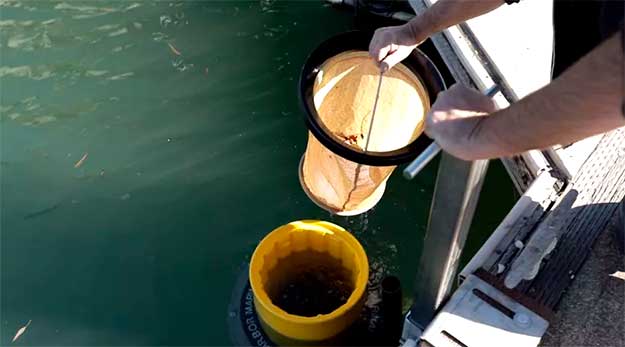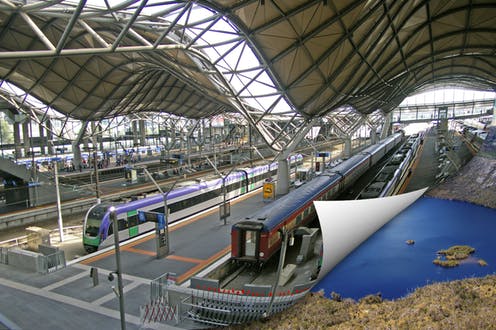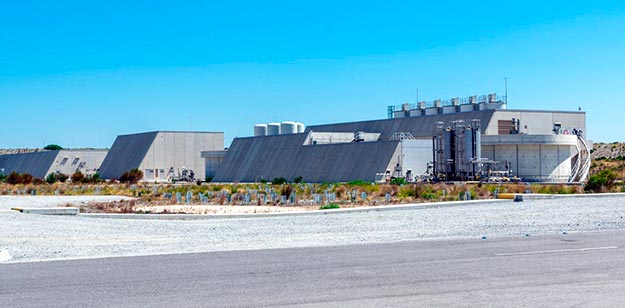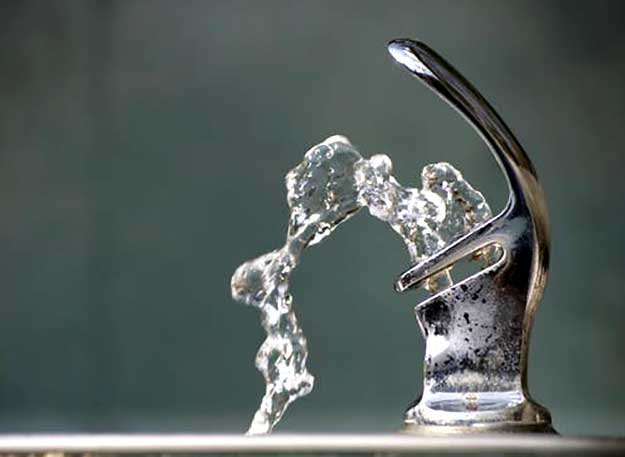To combat the plastics and other trash piling up in the ocean, Seabin Project is working to install hundreds of its floating garbage cans at marinas and ports around the world.
Tons of plastic ends up in the ocean every year creating a so-called “sea of plastic,” a mass of garbage floating in the water that can stretch for miles. But the Australian-based Seabin Project is trying to stop the water bottles, plastic bags, styrofoam and other debris before they ever make out into the open ocean. Their solution is a floating garbage can called a Seabin that’s submerged in the water at marinas, ports, yacht clubs and floating docks. Read more







 06
06



